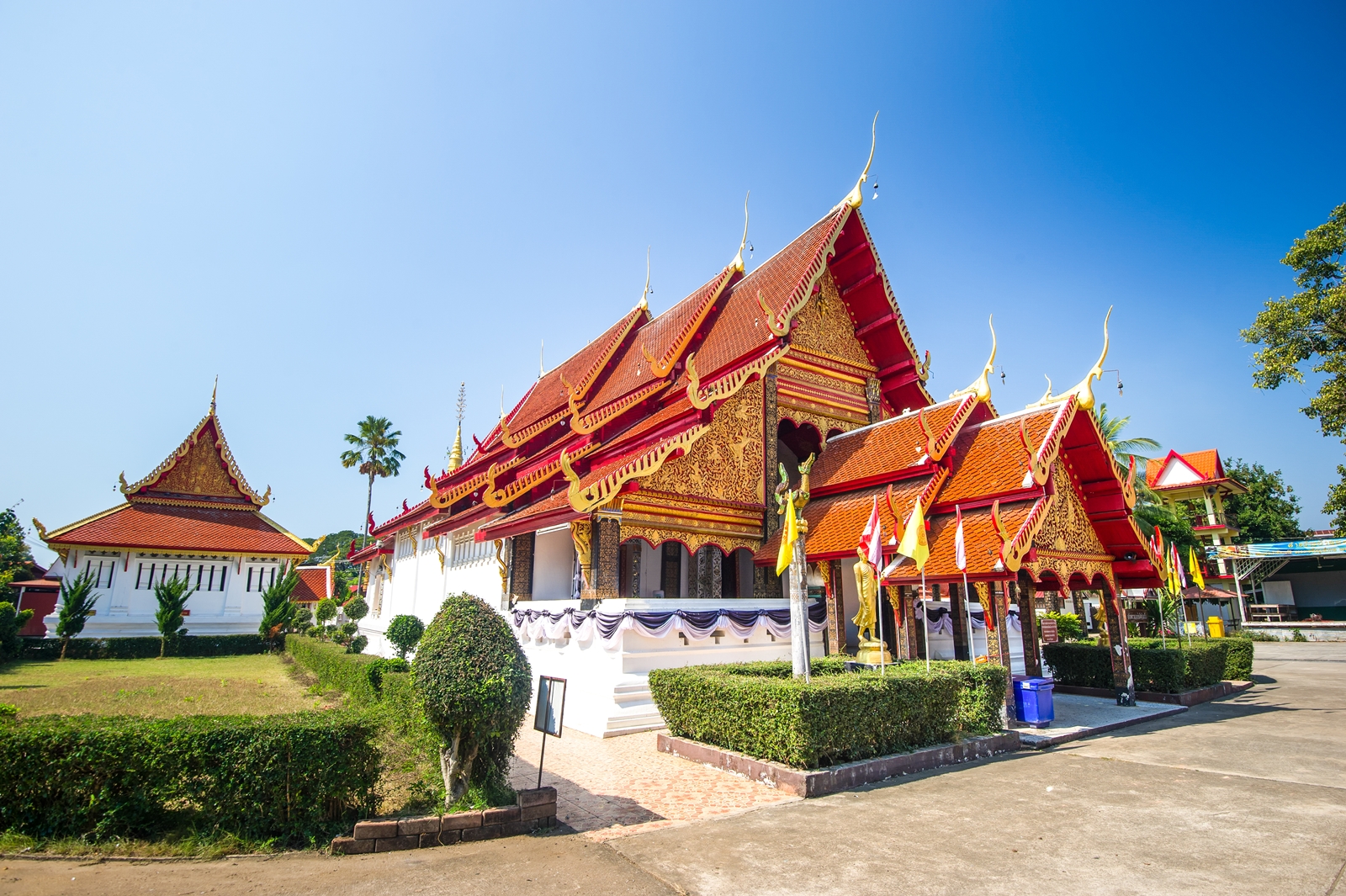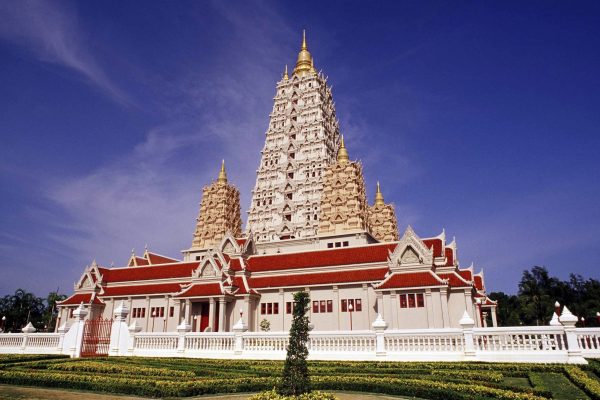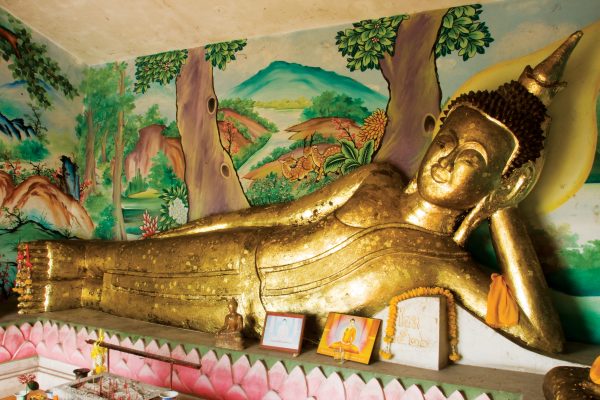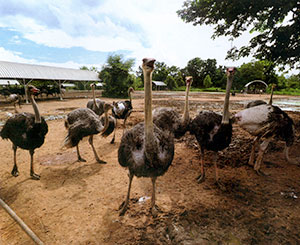
Wat Pranon
A monk discovered Wat Pranon’s history from Nhan Kat who was from Chiang Mai and used to stay at Wat Pra Sigha. The legend was found in a palm leaf manuscript saying Wat Pranon was founded by Chao Phraya Chaichana Songkram and Phra Nang Chao U-Tong Sri Pimpa in 236 Chula Sakarat, a lunisolar calendar launched in 638 CE with the epochal year 0 date of 22 March 638 by Phraya Kanwandit in a meeting of Lanna Kings where the kings agreed to adopt Chula Sakarat instead of Mahasakaraj, the standard calendar of Khmer Empire. When Ayutthaya officially adopted Chula Sakarat, it is believed that the era is derived from the Burmese calendar. Chula Sakarat was widely used in many kingdoms including Lanna, late Sukhothai, and Ayutthaya. King Prasattong stopped using Chula Sakarat and adopted Chula Manee Era instead causing the the zodiac to delay by 3 years. Chula Sakarat was adopted again later and has been carried on to the present. To calculate from Chula Sakarat to Buddhist era in Thai calendar, add 1181 to the Chula Sakarat year. Wat Pranon originally had the real 3-metre long reclining Buddha image made of rock but Chao Pu Tao Ka who was the prosecutor of Phraya Chai Chana Songkram saw that it was not safe. He ordered to cover the image with a bigger reclining Buddha image and decorate beautifully. It was the same time when Burmese army invaded Koh Sai town causing the town people to fled into forests for fear before getting to celebrate the new Buddha image. Chao Phraya Chana Songkram then said to his wife, Pimpa, that the invasion cause the chaos in the town and he would like to finish building the image and celebrate in the following day. Chao Phraya Chana Songkram went out to war and died in the field. His brother, Tao Ya Sid Saanharn also went missing. Therefore, Pimpa built Wat Pranon’s pagoda and inscribed in a golden stone in local characters saying that Wat Pranon must be worshipped annually on the full moon day of June.When the town had no governor, the temple was deserted for a long time. Trees and plants grew big covering the area and big vines covered the Buddha image for so long the area became a forest. Later on, a merchant for another town stayed overnight in the area and wanted to use the vines for food before discovering bricks. He suspected that it was a deserted temple and told the town people who were excited and helped clearing up the area. They found a giant mango tree giving shade to the image. The people developed their faiths and helped restored the temple before naming it “Wat Ton Mamuang” (The Mango Tree Temple). They also found Pimpa’s inscription and knew that Wat Ton Mamuang used to be Wat Pranon. Holding to the golden inscription, Wat Pranon is considered one of the old sacred places in Prae province and later became a popular tourist attraction. It was announced to be established in 777. On 9th June 1993, the temple granted an official certification of the temple status. The buildings in the temple are:1. Ubosot, built in Chiang Saen style without any window. The wall was made to get sunlight. The front of the ubosot was decorated with late Ayutthaya’s perforated design and Ramayana paintings.2. Buddha image hall in the same architectural style as the ubosot. The eaves are perforated around and the roof is decorated with wood carved in the shape of King of Nagas on the gable.3. The reclining Buddha image, a cement image covered with gold leaf at the length of 5 metres.4. Pagoda located behind the ubosot. It is an upside down octagon bell shaped pagoda. There are Buddha images on four sides. “Wat Non has been respectable for a long time. It is said that the temple used to be called “Muang Kum”. We should be proud of this heritage of Phrae which has been passed on from generation to generation.”



